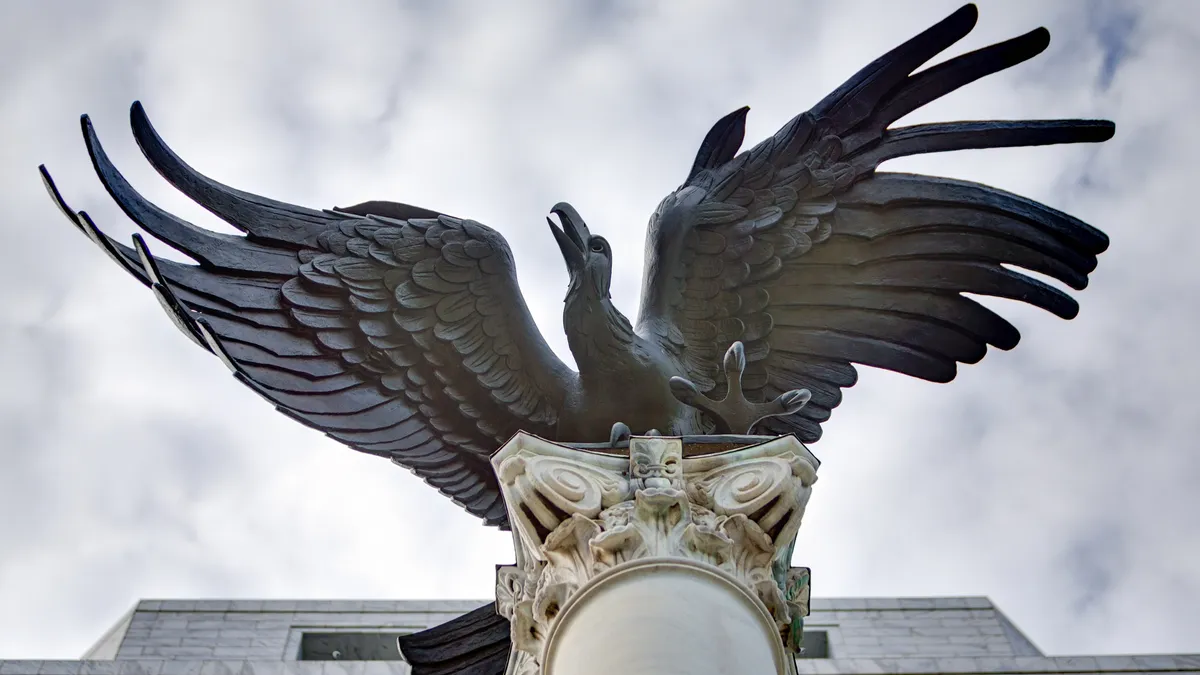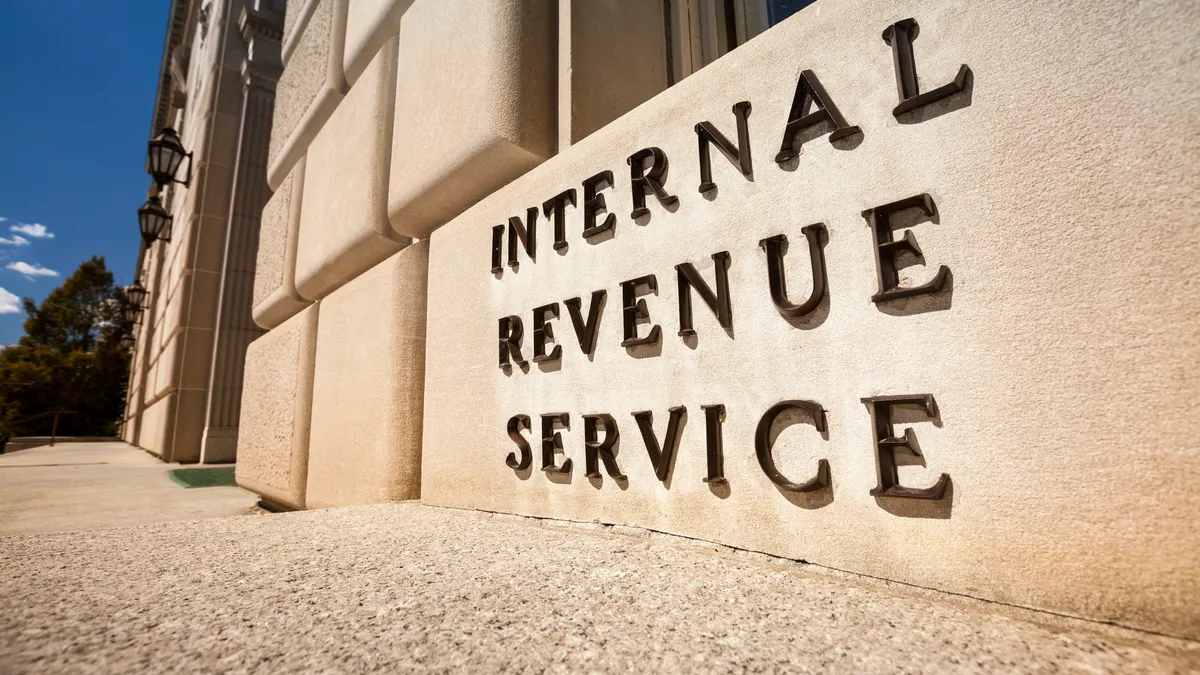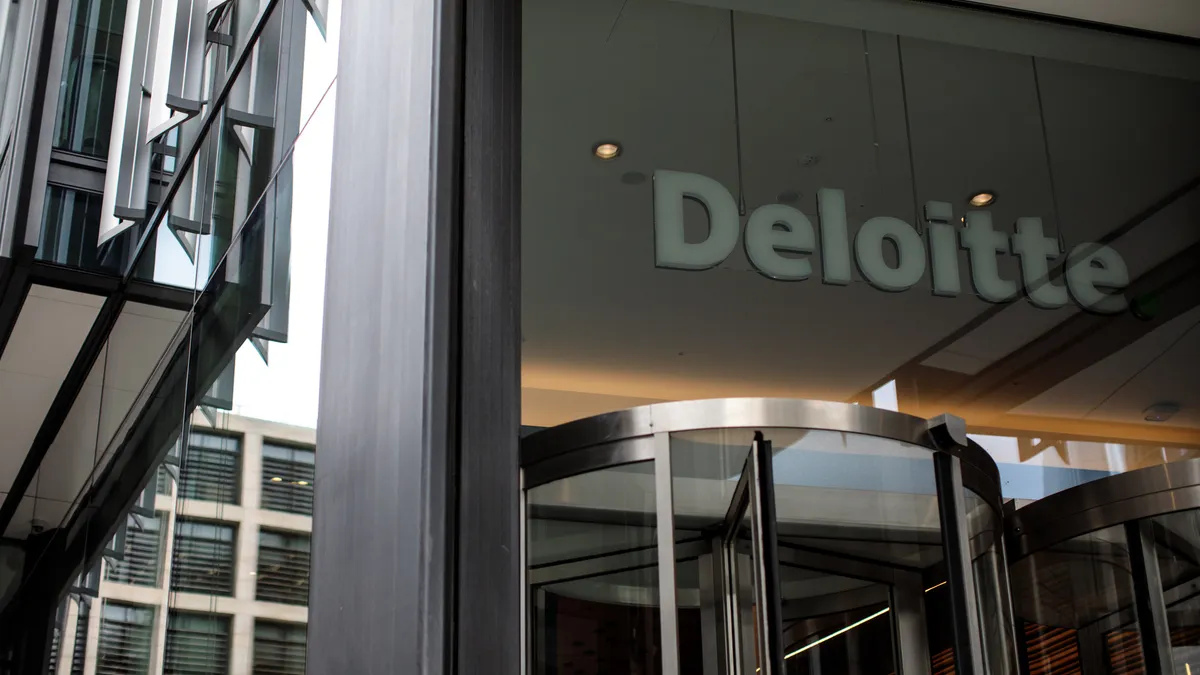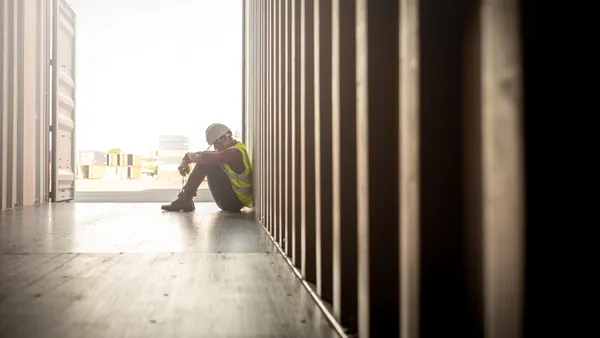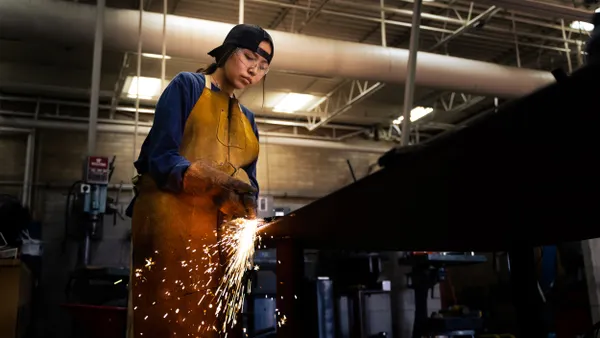Dive Brief:
- The highest U.S. tariffs since the 1930s, while not triggering a sudden surge in prices as widely anticipated, will likely fuel a significant rise in inflation that lasts into next year, economists at the Federal Reserve Bank of Atlanta said, citing business surveys.
- The absence of a sudden jump in prices has fueled a debate over whether fears of price gains from import taxes were overblown, the economics said in a research note. Yet cost and price expectations, as gauged in recent business surveys, “suggest a delayed — but nevertheless meaningful — impact from tariffs,” they said.
- “Firms' unit cost and price growth expectations have risen markedly since this time last year, with prices expected to remain elevated into 2026,” the economists said. “Even non-importing firms that are not directly exposed to increased tariff rates expect an acceleration in price growth, suggesting some broadening of price pressures,” they said.
Dive Insight:
Fed officials in recent months have debated whether import duties will spur a temporary or sustained rise in prices.
In September Fed Chair Jerome Powell and most central bankers gravitated toward the view that tariff-induced inflation will likely be short-lived. Yet they agree on a need to identify any signs of a sustained rise in prices, including an increase in inflation expectations.
“Though a partial pass-through of tariffs will permanently raise the price level, tariffs will only temporarily affect the rate of inflation,” Fed Governor Christopher Waller said in a Thursday speech.
Waller noted signs of a weakening labor market and said he believes that the central bank should trim the federal funds rate by a quarter percentage point at a two-day policy meeting next week.
Still, the central bank should be wary of reducing borrowing costs too fast, he said. “What I would want to avoid is rekindling inflationary pressure by moving too quickly and squandering the significant progress we have made taming inflation.”
Consumers face an effective tariff rate of 17.9%, which will push up prices by 1.7% this year and undercut average household incomes by $2,400, the Yale Budget Lab estimated last month. Over the long run, apparel and leather prices will remain 11% and 12% higher, respectively, than without the import taxes.
The Trump administration has said tariffs have not raised prices, and asserted that any increase will be temporary.
Many economists overestimate the risk that tariffs will increase price pressures, Fed Governor Stephen Miran said last month.
Miran in September took a leave of absence as Trump’s top economic adviser in order to serve out the final four months of a term as a central bank governor ending in January.
“Relatively small changes in some goods prices have led to what I view as unreasonable levels of concern,” he told the Economic Club of New York.
Miran’s view is not widely shared among economists.
“We continue to expect tariffs to remain a source of goods price inflation over the next few quarters,” economists at Bank of America Securities said Monday in a research note.
The consumer price index likely rose 3% last month, a 0.1 percentage point increase compared with August and well above the Fed’s 2% target, they said.
In a potential sign of higher inflation, surveys indicate that businesses plan to raise prices even though the increase in the price of inputs has slowed, the Atlanta Fed researchers said.
“Firms overall anticipate elevated price growth over the coming year, despite some softening in the trajectory of unit cost growth,” they said.



